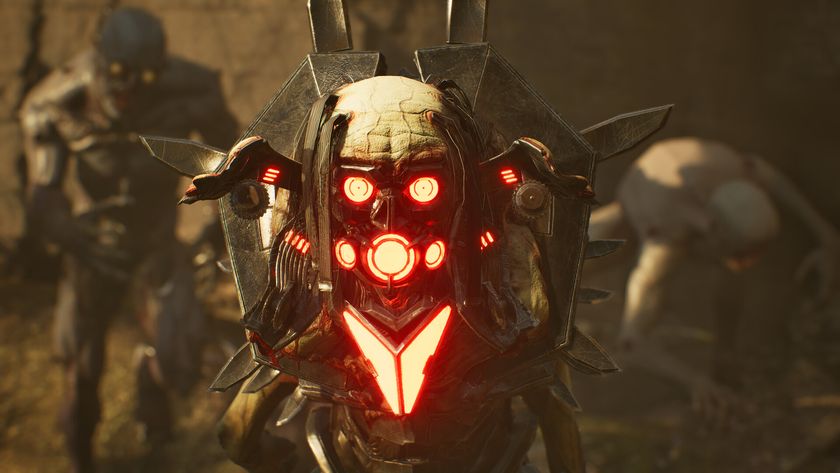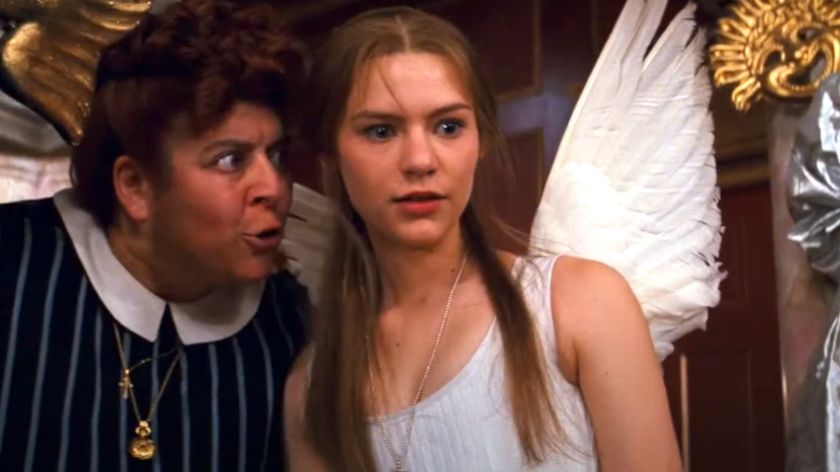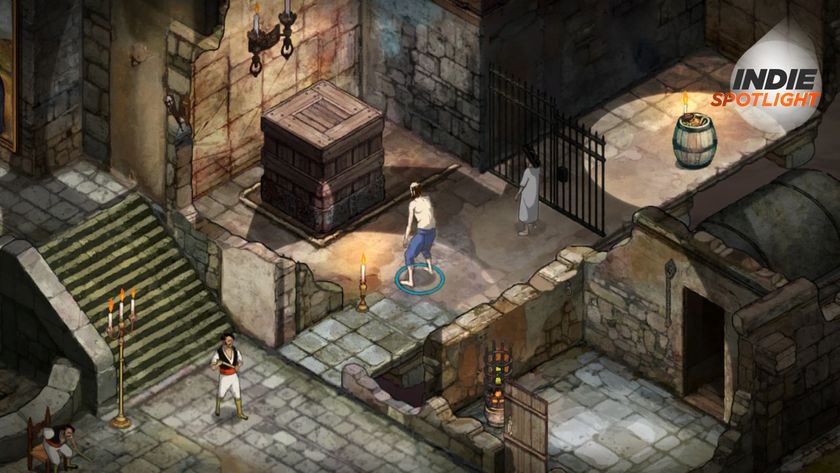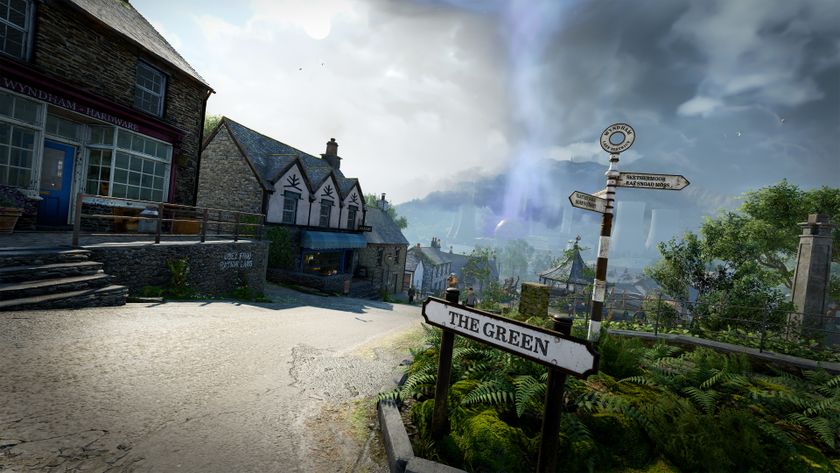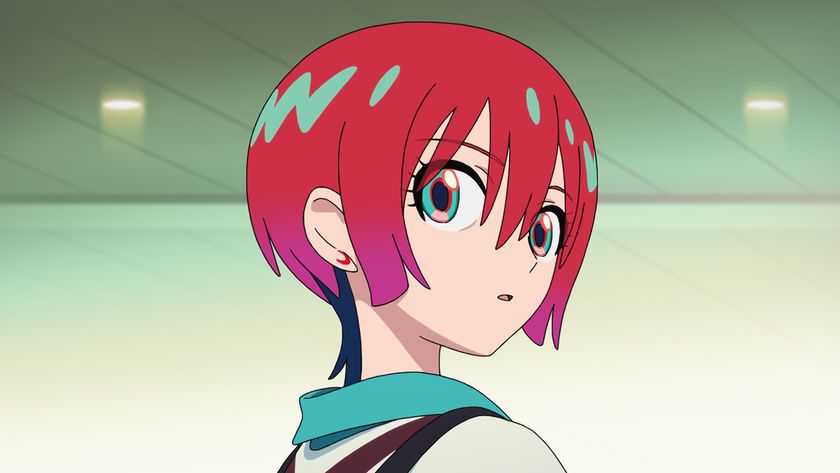The evolution of Shang Tsung and Reptile
19 years of shapeshifting and face-changing from Mortal Kombat's resident wizard and lizard

Much as we love Mortal Kombat, it feels like the series has had a progressively lamer cast of villains with every installment. Shao Kahn? When you get right down to it, he’s just a big, half-naked dude with a hammer and a super-cheap fighting style. Shinnok’s a pale old man in a stupid hat, Onaga’s the kind of villain a 12-year-old would draw on a binder, and Blaze is just another beefy guy made of fire. And don’t even get us started on their henchmen. Drahmin? Moloch? Quan Chi? Motaro? What an ugly bunch of sadsacks.
As far as we’re concerned, Mortal Kombat still hasn’t topped its original villains: the millennia-old shapeshifter Shang Tsung, the four-armed nightmare named Goro, and Shang Tsung’s creepy little helper-ninja, Reptile. And as luck would have it, all three are about to be shoved back into the limelight next week, when the new Mortal Kombat rewinds the series’ clock back to its beginning. Before that happens, however, let’s take a look at the ways those characters have evolved and changed since their first appearances 19 years ago.
Except Goro. Goro never changes.
Mortal Kombat (1992)

When Mortal Kombat first began, Shang Tsung was presented as the consummately evil, soul-stealing grandmaster of the Mortal Kombat martial arts tournament. Sort of like Han from Enter the Dragon, but with magical powers. He was unique among fighting-game bosses at the time, in that he showed up not only at the end of the game, but also in a couple of backgrounds, making him a near-constant presence throughout the game.

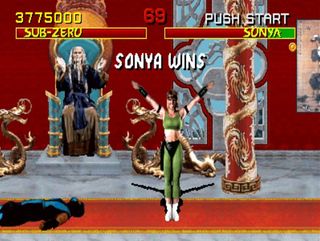
Above: In his throne room, he’d even clap for the winner
Once the champion of the tournament, Shang Tsung had lost his title some 500 years previous to a warrior known as the Great Kung Lao – only to regain it after getting his four-armed monstrosity, Goro, to enter the tournament and kill Lao on his behalf. As the story later went, Shang Tsung and company were just one win away from making Earth vulnerable to invasion by Outworld, but at the time of the first game’s release, his motives weren’t entirely clear. Liu Kang’s quest to stop him seemed like an attempt at vengeance more than anything else, seeing as Lao was Kang’s ancestor.
Whatever his motives, after you’d finally pushed through Goro to face him, he just sort of looked like an old man in a bathrobe.
Sign up to the 12DOVE Newsletter
Weekly digests, tales from the communities you love, and more
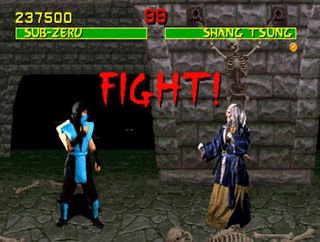
He was a floating old man, sure, but an old man nonetheless. However, he could do this, which made him kind of a pain in the ass.

Of course, every MK fan knows that skull-fireballs are the least of Tsung’s talents. His real power is everyone else’s power, which is to say he can shift into any other character instantaneously and use all their abilities. Not only was this like fighting every other character in the game (including Goro), but the unpredictability of the shifts was enough to keep most players on their toes.
Those who managed to defeat him got to see the sad results of all his years of soul-stealing: he’d freak out in place, as ghost images of himself would flake off and morph into other fighters who would fall down, defeated. This went on for what felt like several minutes.

Also, while it’s well known that the early MK games loved to double up on actors – martial artist Daniel Pesina, for example, played not only Johnny Cage but also all of the ninjas in the first two games – it’s less well-known that the actor who played Tsung was none other than Ho-Sung Pak, who also played Liu Kang.

As tough as Tsung was, though, he was obvious; you fought him just by going through the game. His henchman Reptile was another story.
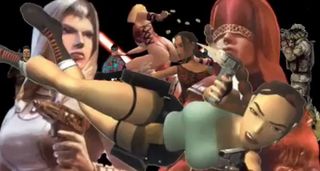
Above: Hoo boy
While finding Reptile was made much easier in the console versions, MK’s first-ever secret character was a bastard to find in the arcade, and would occasionally drop down before the beginning of a match with some cryptic hint, like “Alone is how to find me” or “Perfection is the key.” The real key, however, was playing on the infamous Pit stage when a shadow (which could look like a witch, blimp or UFO, among other things) flew in front of the moon. This would only happen after all the stages had cycled in full a certain number of times (we got it to happen after five cycles).

Once you’d seen the shadow, all you needed to do was finish the match with a Double Flawless victory, perform your Fatality at the end and not touch the block button during the entire match unless it was necessary to said Fatality. If you could do all that, then you got to go to the bottom of the Pit and get your ass kicked right the hell off.
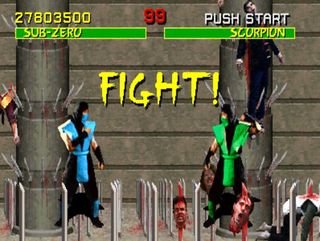
Above: For some reason, he was wrongly called “Scorpion” in the arcade version’s life bar
Originally, Reptile wasn’t a reptilian creature at all, but a mashup of ninjas Scorpion and Sub-Zero. The name Reptile was given to him simply because combining yellow and blue made green. Lizard or no, he was wicked fast, and was able to throw not only Scorpion’s harpoon…

… but also Sub-Zero’s ice ball, which gave him both high and low stun attacks, and made dodging him difficult.

If you lost to him – which was pretty likely – you’d learn that he could do both Scorpion and Sub-Zero’s Fatalities, as well.

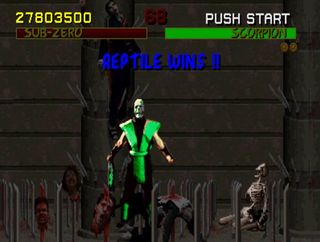
As enigmatic and malevolent as they were, Shang Tsung and Reptile wouldn’t stay cloaked in mystery for long. In fact, when the next game came along, they’d become downright accessible.
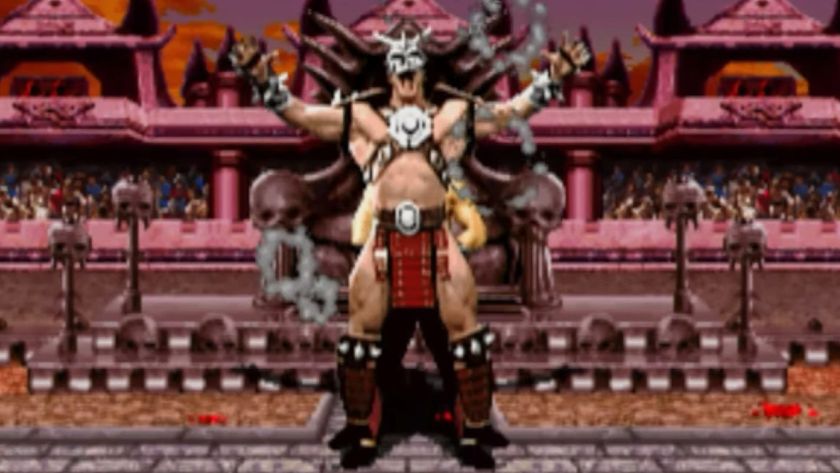
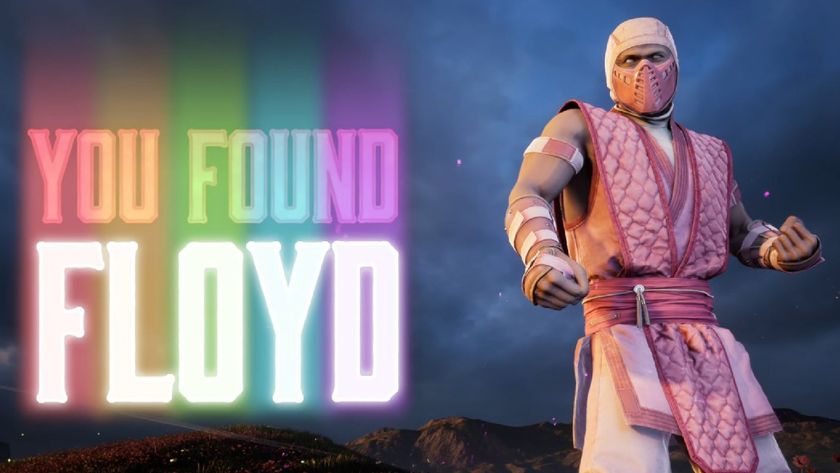

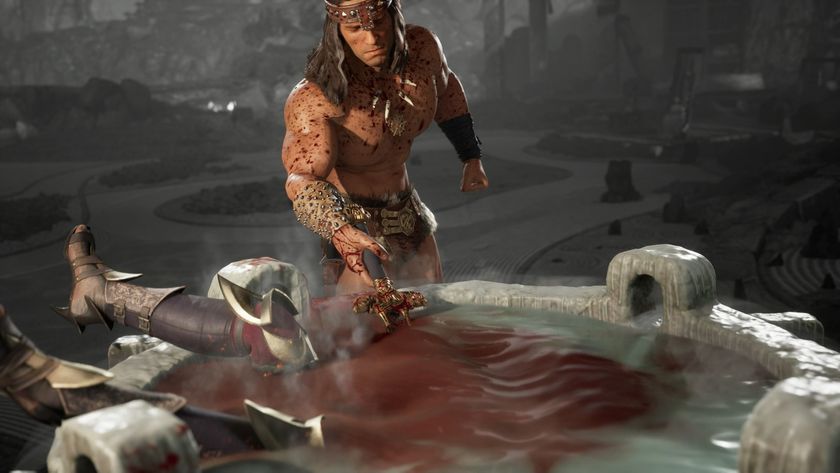
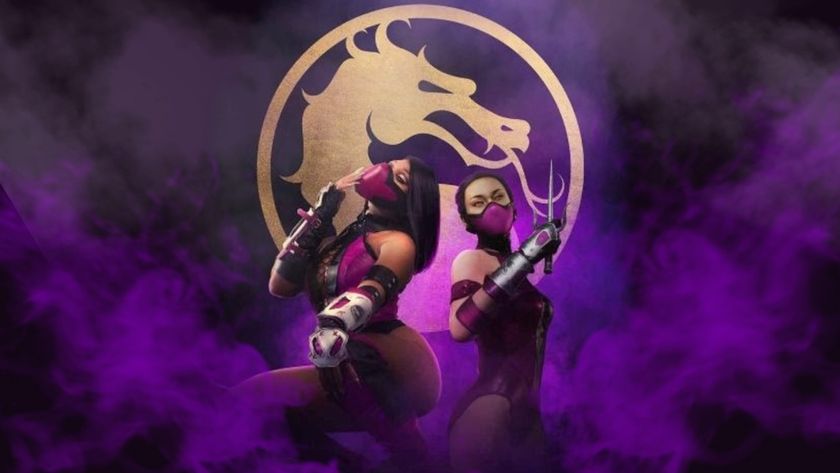
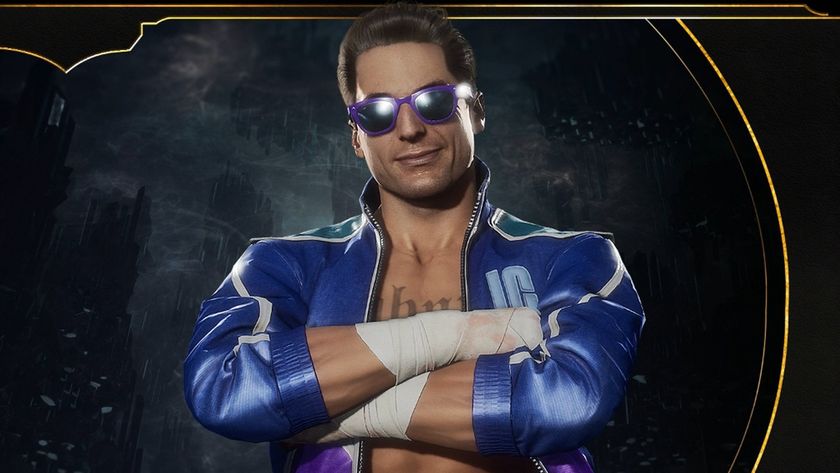





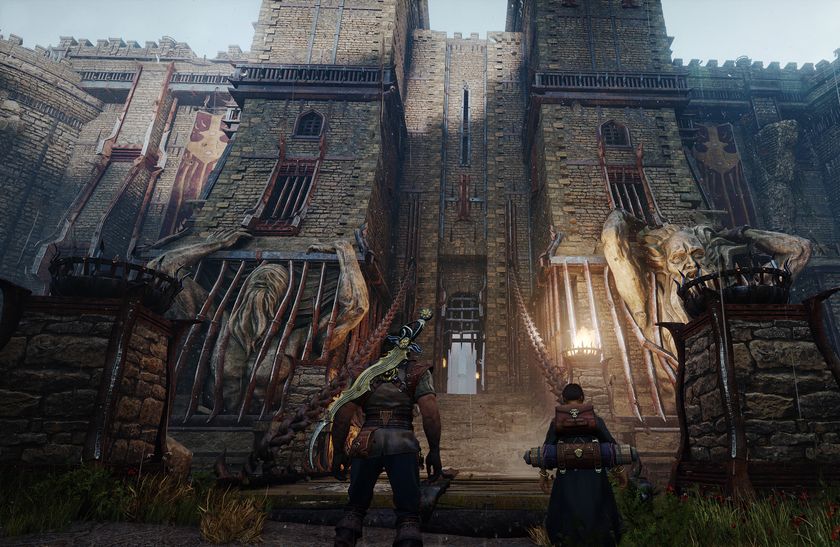

After 32 years, Mortal Kombat 2 has finally been ported to the one hyper-expensive '90s console that could actually do it justice

Mortal Kombat 1 makes good on a 30-year tradition of trolling fans by introducing a confusing, labyrinthine quest to fight pink Floyd, a new ninja

